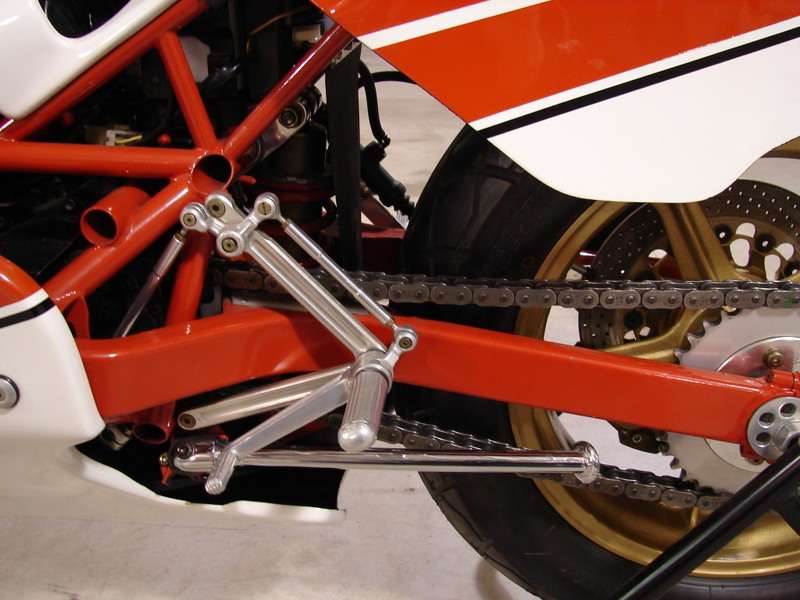two-smoker
I reject your reality, and substitute my own!
I was reading an issue of a certain popular motorcycle magazine the other day, and noticed a question that was not understood by the editor. While I knew what the writer of the letter was after, I could easily see how the question could go misunderstood. But I digress. The question pertained to swingarm pivots on motorbike frames being "in line" (meaning concentric-author's words) with the countershaft sprocket. It was such an interesting question, I had to post something here. I knew of one custom XV920 in Illinois that was built with said feature, but I have never seen a production motorcycle so equipped. So..... why not? I realize changing the countershaft sprocket would become nearly impossible without removing the swingarm, but are there any other reasons nobody would mass produce a motorcycle with a concentric swingarm pivot? I think the advantages (constant chain/belt tension, longest possible swingarm length in a given wheelbase, etc.) would make it worthwhile. So what do YOU think?







